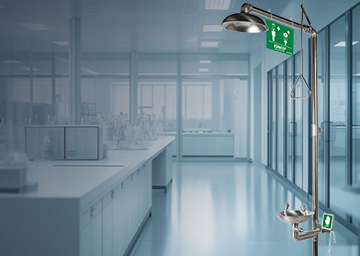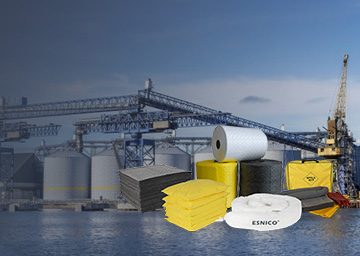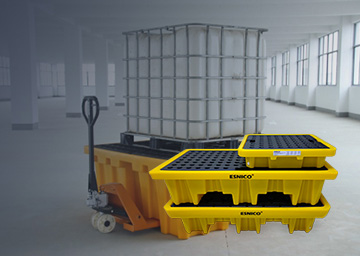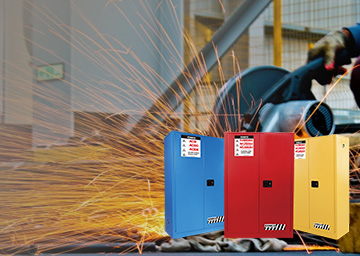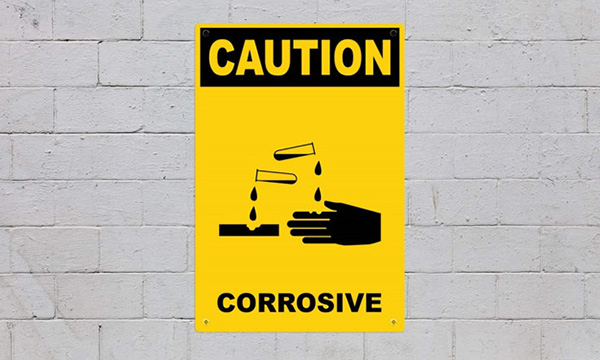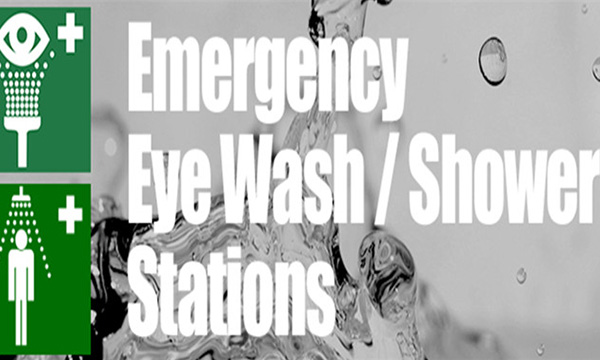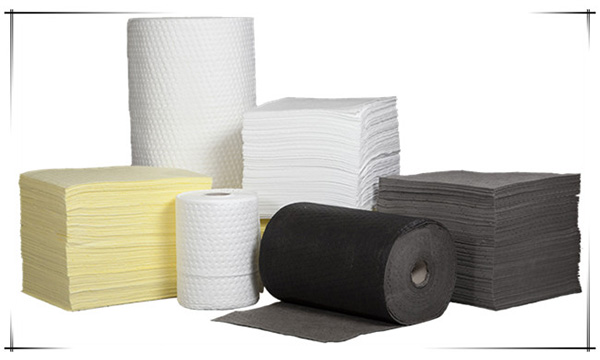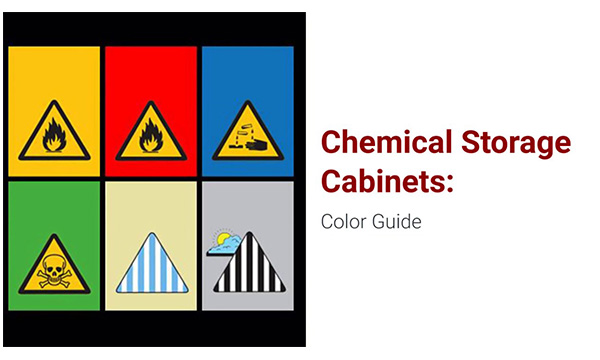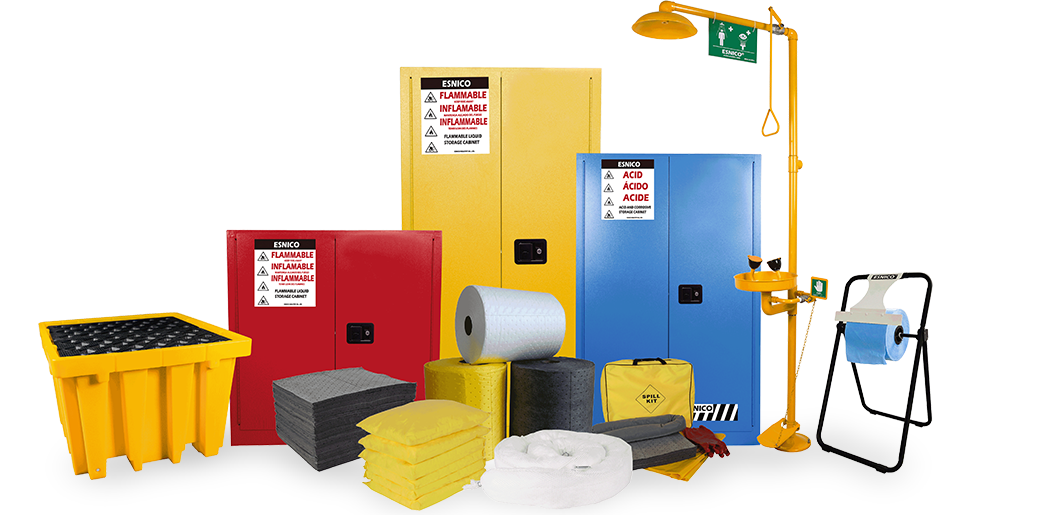Researchers noticed rust and corrosion on the edge of the metal shelving unit of their storage cabinet. The lab coordinator notified EHS of the corrosion and requested assistance in determining what caused the corrosion. EHS inspected the cabinets and found corrosive materials being stored on metal shelves without secondary containment. Corrosive liquids that release gas in storage can cause rust or corrode metal cabinets or shelving with metal support brackets and hardware. Corrosives are materials with pH ≤ 2 or ≥ 12.5 that can attack and chemically destroy exposed body tissues, as well as damage/destroy metals. The rate of metal corrosion is greater when the corrosive is stronger and the temperature is higher. The Safety Data Sheet (SDS) can provide information on the reactivity of the chemical, especially to certain types of materials such as metal, plastic and/or wood.
Why did this happen?
Corrosive liquids were stored on bare metal shelving.
The storage cabinet was not well ventilated.
Dedicated and ventilated corrosion-resistant cabinets must be used for Corrosive chemicals.
Secondary containment must be used when storing corrosive chemicals on bare metal surfaces, in addition to regularly inspecting cabinets for corrosion.
To avoid storage space corrosion, the following measures should be taken:
A compatible area should be designated for the storage of corrosive chemicals.
Inventory of all chemicals must be maintained and regularly updated, to foster a safety culture and encourage proper storage and segregation.
If corrosion is noticed in any metal cabinets, the brackets of the shelving unit should be inspected thoroughly to determine whether the corrosion has compromised the stability of the shelf. If corrosion is affecting only the aesthetic appearance of the cabinet, without interfering with the chemicals within, then the lab can continue to use the cabinet for storage. If brackets are unstable and the shelf cannot withstand the stored chemicals and its own weight, immediately discontinue the use of the shelf.
For details on chemical segregation, storage of corrosives and other chemical hazards, please refer to the EHS update.

